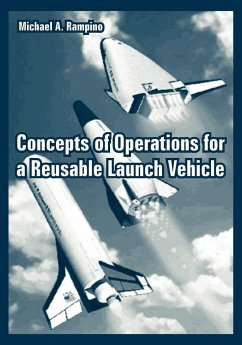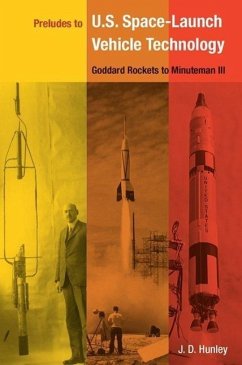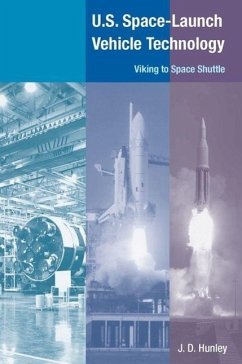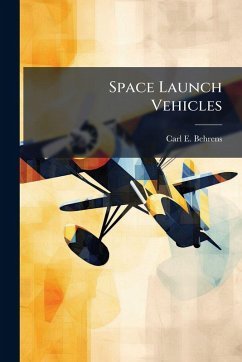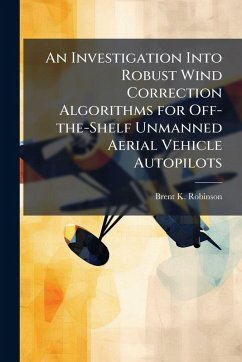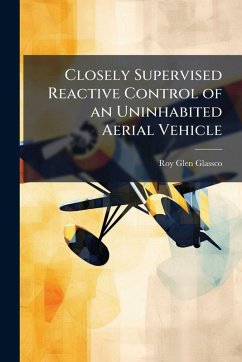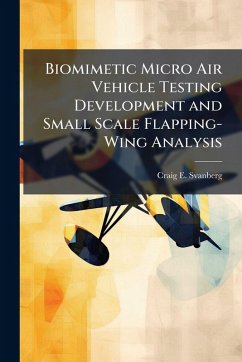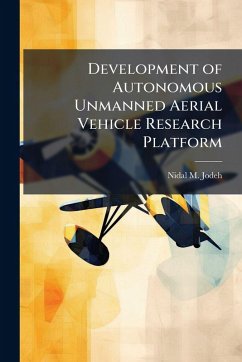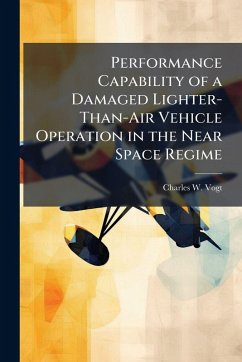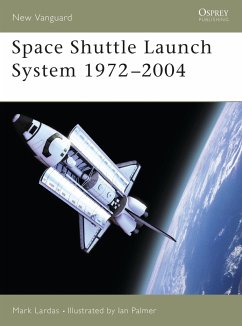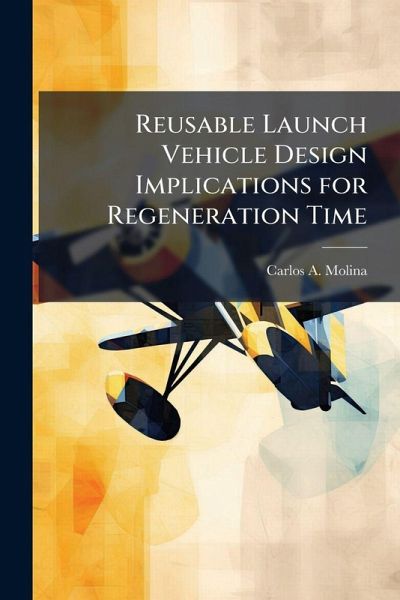
Reusable Launch Vehicle Design Implications for Regeneration Time
Versandkostenfrei!
Versandfertig in über 4 Wochen
15,99 €
inkl. MwSt.
Weitere Ausgaben:

PAYBACK Punkte
8 °P sammeln!
In last few years the Air Force Research Laboratory sponsored several research projects on Reusable Launch Vehicles (RLV) whose design, operation, and logistics requirements are intended to be much simpler than the Space Shuttle. Previous researchers developed a model that simulated the post-landing, ground maintenance and prelaunch operations of a RLV in order to evaluate how its design parameters affect the logistics operations. However, the next step was to investigate the effects and interactions of all the factors used in the existing simulation model in a single experiment that deals wit...
In last few years the Air Force Research Laboratory sponsored several research projects on Reusable Launch Vehicles (RLV) whose design, operation, and logistics requirements are intended to be much simpler than the Space Shuttle. Previous researchers developed a model that simulated the post-landing, ground maintenance and prelaunch operations of a RLV in order to evaluate how its design parameters affect the logistics operations. However, the next step was to investigate the effects and interactions of all the factors used in the existing simulation model in a single experiment that deals with the huge number of possible design characteristics' combinations discovered in previous studies and varying resources like manpower, ground support equipment and facilities. The goal of this research is to recommend to the AFRL a preferred design strategy that could minimize the resource requirements in terms of equipment and manpower as well as turnaround time of logistics operations. This work has been selected by scholars as being culturally important, and is part of the knowledge base of civilization as we know it. This work was reproduced from the original artifact, and remains as true to the original work as possible. Therefore, you will see the original copyright references, library stamps (as most of these works have been housed in our most important libraries around the world), and other notations in the work. This work is in the public domain in the United States of America, and possibly other nations. Within the United States, you may freely copy and distribute this work, as no entity (individual or corporate) has a copyright on the body of the work. As a reproduction of a historical artifact, this work may contain missing or blurred pages, poor pictures, errant marks, etc. Scholars believe, and we concur, that this work is important enough to be preserved, reproduced, and made generally available to the public. We appreciate your support of the preservation process, and thank you for being an important part of keeping this knowledge alive and relevant.



